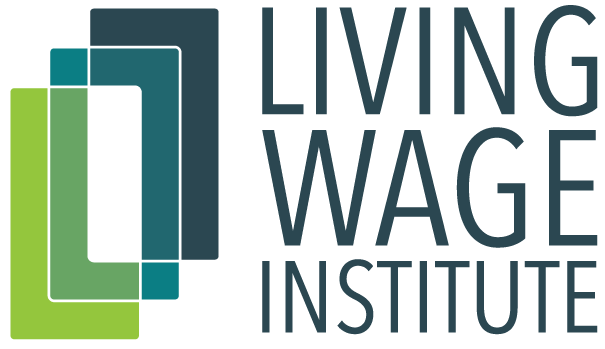



For further information, please visit the FAQs and Methodology pages or submit a question or request through the Contact page.
© 2024 Dr. Amy K. Glasmeier and the Massachusetts Institute of Technology
SIGN INHistory of the Tool
In 2003 the living wage calculator was created by Amy Glasmeier and Tracey Farrigan. Over time, as data sources change or new sources become available, the tool is enhanced to consider basic changes in the consumption patterns of Americans. The last significant adjustment occurred in 2010, with the change of health care composition and miscellaneous expenses.
This year utilizing data from 2019-2020, we made three changes: a change in geographic scale, an element composition change, and the inclusion of a new cost element. We made one-off decadal adjustments in the scale of childcare costs. The composition of telecommunications now includes cell phone and broadband services, and we added a cost element to enable individuals and families to engage in civic activities.
Changes in Spatial Scale
In previous iterations of the tool, child care expenses reflected values generated at the state level. In the summer of 2020, childcare expenses were ground-truthed (we established data values for all 3142 counties in the country). We collected data from providers and data aggregators with a focus wherever possible on registered child care centers.
Composition Change with the Inclusion of Broadband and Cell Phone Services
It wasn't until the late 1990s that cell phones began to supplant landline phones. We built the tool in 2003. At that time, portable communication devices were not pervasive, and most homes had land and lines. It wasn't until 2010 that approximately half of the population had cell phones. Overnight, portable telecommunication technology became a necessity. After conducting an industry analysis of the broadband and cell phone service industries, we added cell phone and broadband capability.
An Addition of a New Cost Element
After more than a decade of tracking consumer spending, civic engagement expenditures became a regular contributor to individual and family expenses. Pets, reading material, movie and museum attendance, children's sports, clubs, and outdoor recreation activities became noticeable expenses for individuals and family members. The tool's civic engagement element is the number one capability asked of us over the last ten years. The civic engagement element aligns with the aspirations of individuals and families, and their children.
Changes in Costs of Living
The first point is that costs went up across several of the elements of the tool. Food costs, childcare, and transportation costs increased. The adjusted cost of housing now better captures changes in rapidly inflating and deflating housing markets. At the same time, taxes rose in many locations. In particular, the Fair Market Rent estimates provided by the Department of Housing and Urban Development increased in markets experiencing inflation due to housing scarcity. Costs changes across the country were particularly noticeable in medium and large cities, especially along the coasts and in key cities in interior U.S. states, including Denver, Colorado, Austin, Texas, Salt Lake City, Utah, Charlotte, North Carolina, and Midland, Texas.
For regular users of the tool, costs have gone up. If you refer back to the cost of living in 2019, you will note evident differences in the cost of living in 2020. Our actions attempt to keep the tool up-to-date and in-line with modest adjustments in the current standard of living in the U.S. The tool reflects a basic income to keep people out of poverty. Still, we make no claims that the tool covers a person's "actual" requirements or that the value represents a middle-class standard of living. Ours is still a basic-requirements income level "cost" estimate; we merely track societal changes to incorporate them into the tool.
First Month Data Estimates are Preliminary
Please note. During the first month of a new data posting (postings occur during the first quarter of the new year), our users sometimes identify anomalies. We follow a standard practice of verifying an anomaly. First, we track the anomaly back to the tool's computer code. Second, we review the underlying data and data description for the possibility of subtle changes arising in the data source. Finally, we trace the anomaly back to its geographic origin to determine whether there are underlying geographic changes in the posted data. Like all federal data agencies, we post initial findings and make adjustments over the first month.